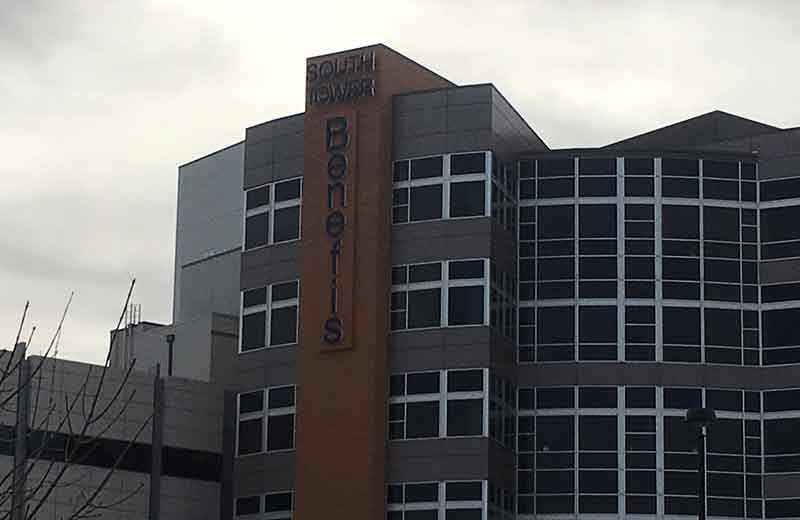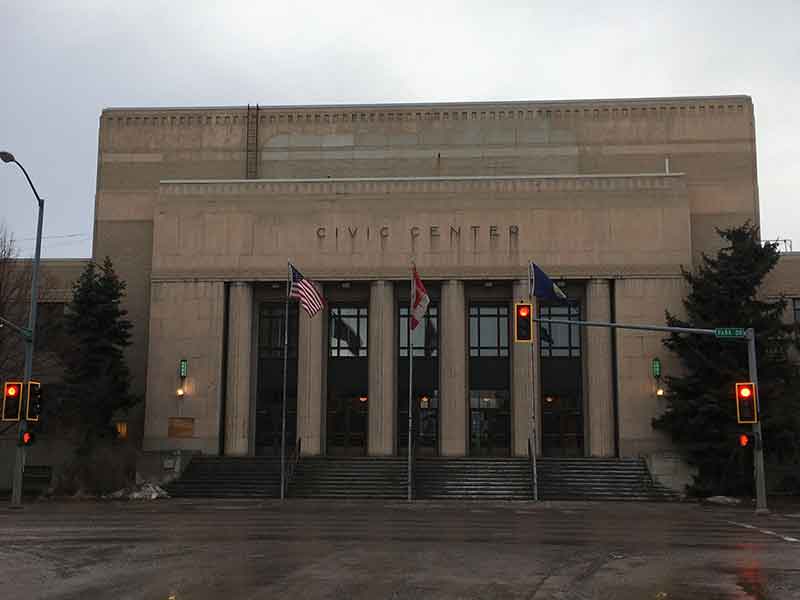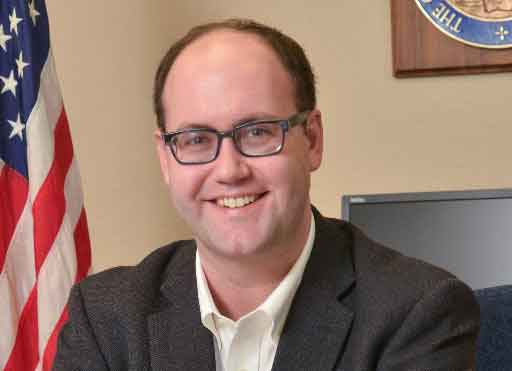With the City of Great Falls moving past the financial fiasco of the $5,553,054 bailout (decrease in unassigned General Fund balance) in 2013 to cover the electric power business (see City 2014 CAFR Financial section, p. 14), the City’s financial position has improved, but the needs of the City are still great. The façade of the…
Month: March 2017
Way To Go, GFPS
Say what you will about the School Trustees, but a majority of them seem to be very tuned in to public sentiment. Last night, the School Board rejected a $1.2 million elementary levy by a 4-2 vote, with only Bob Moretti and big government liberal Don Ryan dissenting. Ryan is currently up for re-election. As the tide seemed to…
Anonymous Packet Hits The Westside, Rips GFPS
A number of Westside residents received a surprise in their mailboxes this week, in the form of the following 12-page packet. In it, the author takes issue with Tammy Lacey and GFPS for the School District’s construction plans at the Little Russell School site. The District’s operations facility does not conform with county zoning requirements. One…
BREAKING: GFPS Budget Committee Recommends $1.2 Million Elementary Levy, $1 Million Tech Levy
At the GFPS budget meeting (which is still underway), the budget committee recommended a $1.2 million levy for elementary schools, as well as a $1 million technology levy. That’s two levies, for $2.2 million, proposed not even six months after voters approved a nearly $100 million school bond. The full Board of Trustees will vote on whether or not…
Benefis FNP: Patient Care Should Trump Union Constraints
On March 9, the Tribune reported that a majority of Benefis RNs signed interest cards to vote on whether or not to form a union. Since then, opposition to unionizing has grown. Julia Fitzpatrick, FNP, has a good letter-to-the-editor in the Tribune today. It comes after a recent KRTV story detailing her efforts to prevent Benefis nurses from unionizing. Fitzpatrick has organized…
Small Town, Big Government?
After a lively couple of weeks, the City has decided — in advance of its previously scheduled March 6 meeting — that the Children’s Museum will not have to pack up and move, at least for now. The fiasco surrounding the CMOM highlighted a larger issue, though: the City’s desire to grow our government. Let’s take a look at some recent statements…
A Good Letter To The Editor In The Tribune
A thoughtful letter-to-the-editor recently ran in the Tribune, one that made us wonder: What if the Trump administration did this? What would be the resultant backlash then? Here’s the letter in its entirety: City ordinance goes too far Great Falls Ordinance 3148 allows the city to ban anyone from city property for one year for any violation of…
City Staff Can Use PowerPoint At Commission Meetings, City Residents Cannot
A number of folks don’t think that’s fair, and none more so than the Ol’ Colonel, Richard Liebert. It’s something Liebert has wanted to see changed for years, to no avail. On Friday, Liebert submitted the following written petition to Great Falls City Commissioners, urging them to grant residents the same multimedia privileges as City staff. Liebert’s “ticket,” which…
Colstrip: What Do The Owners Of A Massive Power Plant Owe The Society That’s Been Built Around It?
If you want to visit Ground Zero in the intra-GOP debate about what private businesses owe the society that has been built around them, look no further than Montana’s Senate Bill 338. It specifies that when a coal plant above a certain size in Montana closes, as two units of the Colstrip Generating Station in…
The Politics Of Pretending: Crime On The Rise In Great Falls
Three young men beat someone up and stole his shoes and coat on February 26 right in front of the friendly IGA store off 25th Street North and 6th Avenue North here in Great Falls. Passersby watched it happen. Someone in the store called 911, but no passersby moved to stop the thugs, no doubt…










